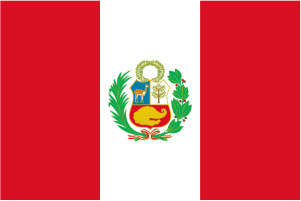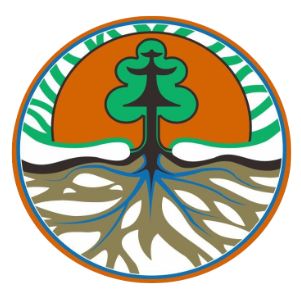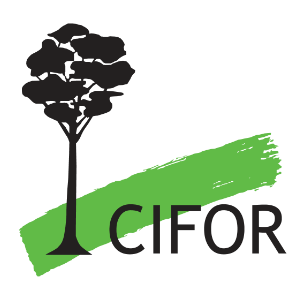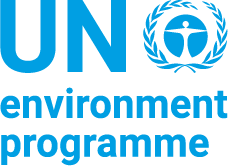
Tropical peat swamp forests, which are predominantly located in Southeast Asia (SEA) and play a prominent role as a global carbon store, are being intensively degraded and converted to agricultural lands and tree plantations. For national inventories, updated estimates of peat emissions of greenhouse gases (GHG) from land use (LU) and land-use change in the tropics are required. In this context, we reviewed the scientific literature and calculated emission factors of peat net emissions of carbon dioxide (CO2), methane (CH4) and nitrous oxide (N2O) in seven representative LU categories for SEA i.e. intact peat swamp forest, degraded forest (logged, drained and affected by fire), mixed croplands and shrublands, rice fields, oil palm, Acacia crassicarpa and sago palm plantations. Peat net CO2 uptake from or emissions to the atmosphere were assessed using a mass balance approach. The balance included main peat C inputs through litterfall and root mortality and outputs via organic matter mineralization and dissolved organic carbon. Peat net CO2 loss rate from degraded forest, croplands and shrublands, rice fields, oil palm, A. crassicarpa and sago palm plantations amounted to 19.4 ± 9.4, 41.0 ± 6.7, 25.6 ± 11.5, 29.9 ± 10.6, 71.8 ± 12.7 and 5.2 ± 5.1 Mg CO2 ha-1 y-1, respectively. Total peat GHG losses amounted to 20.9 ± 9.4, 43.8 ± 6.8, 36.1 ± 12.9, 30.4 ± 10.6, 72 ± 12.8 and 8.6 ± 5.3 Mg CO2-equivalent ha-1 y-1 in the same LU categories, respectively. A single land-clearing fire would result in additional emissions of 493.6 ± 156.0 Mg CO2-equivalent ha-1.
Download:
 Data set
Data set

- Authors: Hergoualc'h, K., Verchot, L.V.
- Author Affiliation: Center for International Forestry Research
- Subjects: agricultural land, atmosphere, carbon dioxide, data analysis, degraded forests, effects, emissions, forest litter, forests, greenhouse gases, land use, literature, plant litter, losses, peatlands
- Publication type: Journal Article, ISI
- Source: Mitigation and Adaptation Strategies for Global Change 19(6): 789-807
- Year: 2014
- DOI: https://doi.org/10.1007/s11027-013-9511-x
















